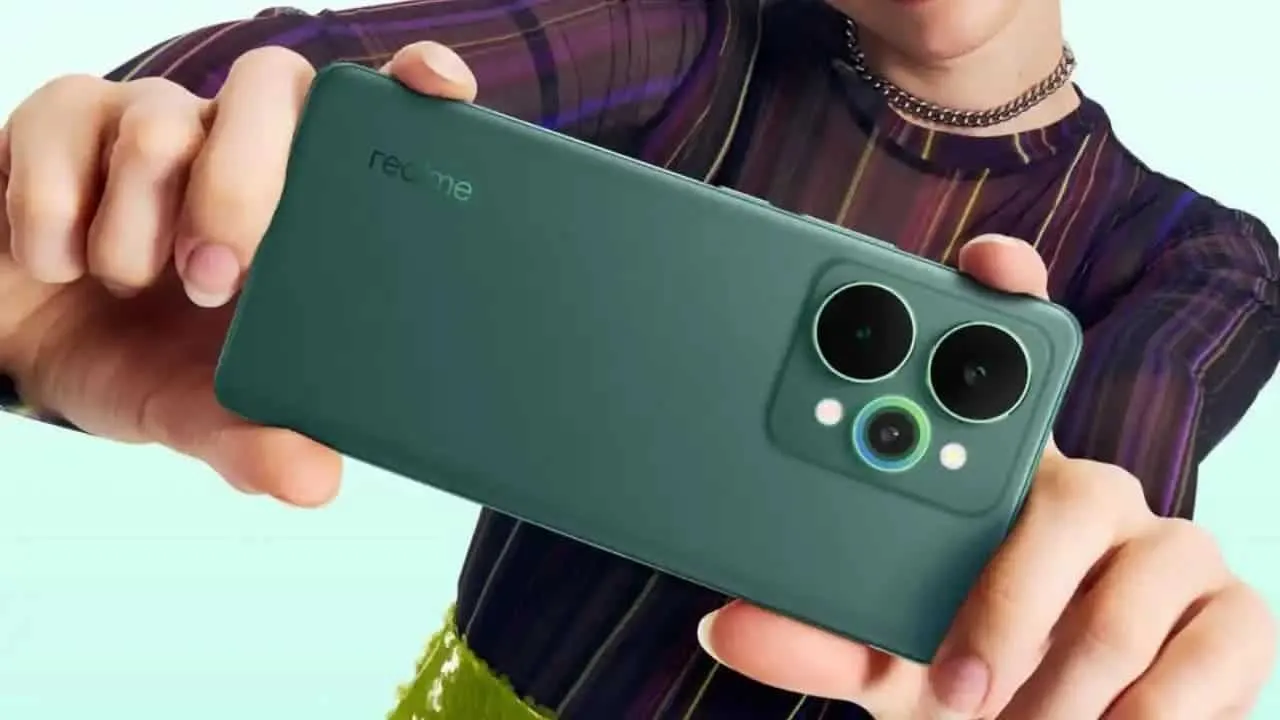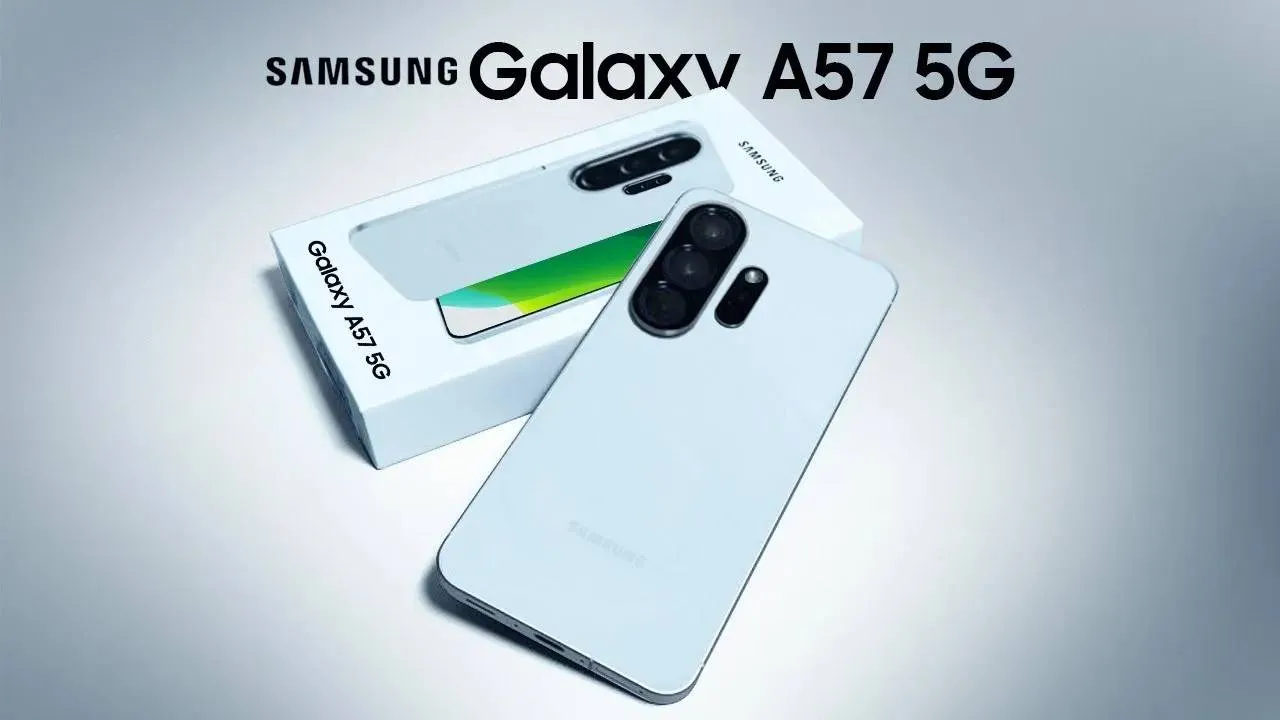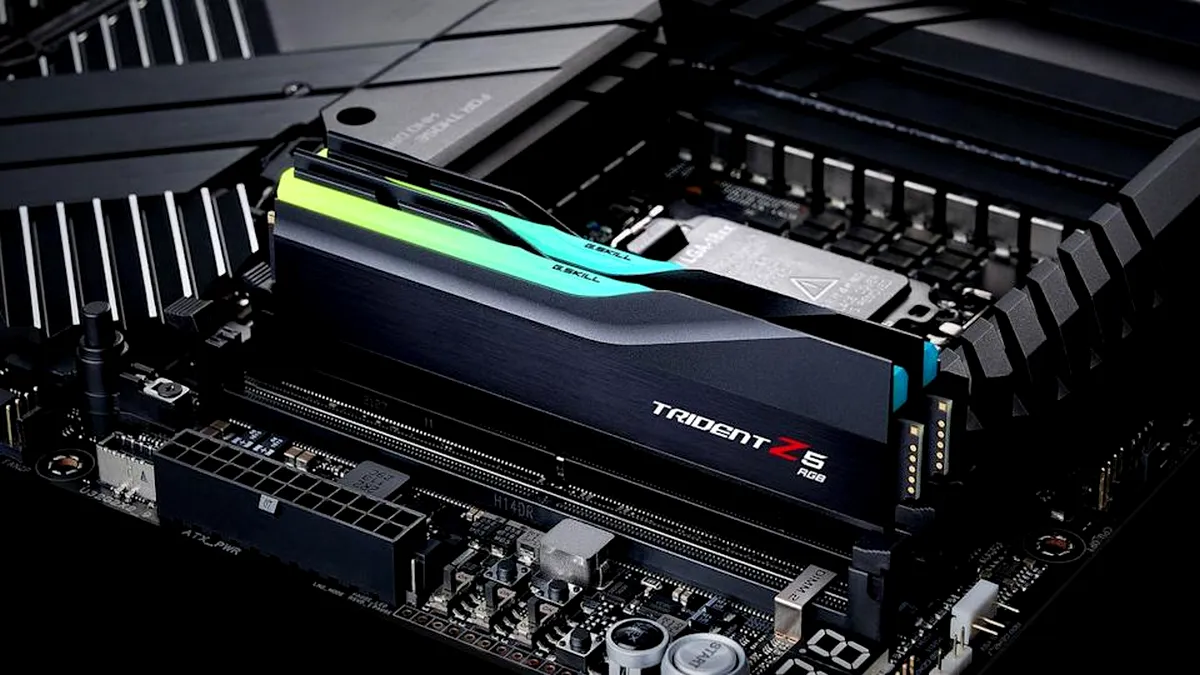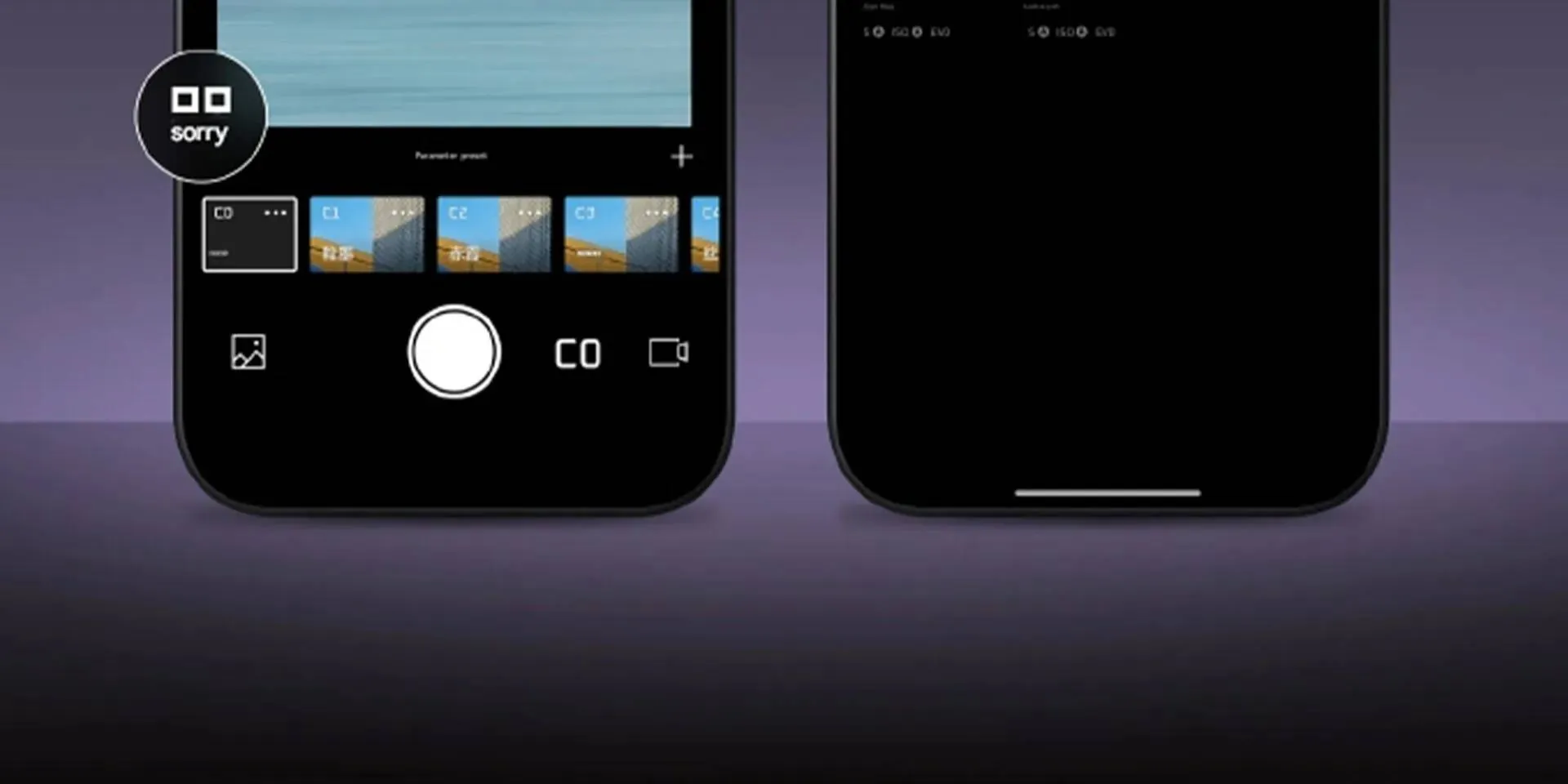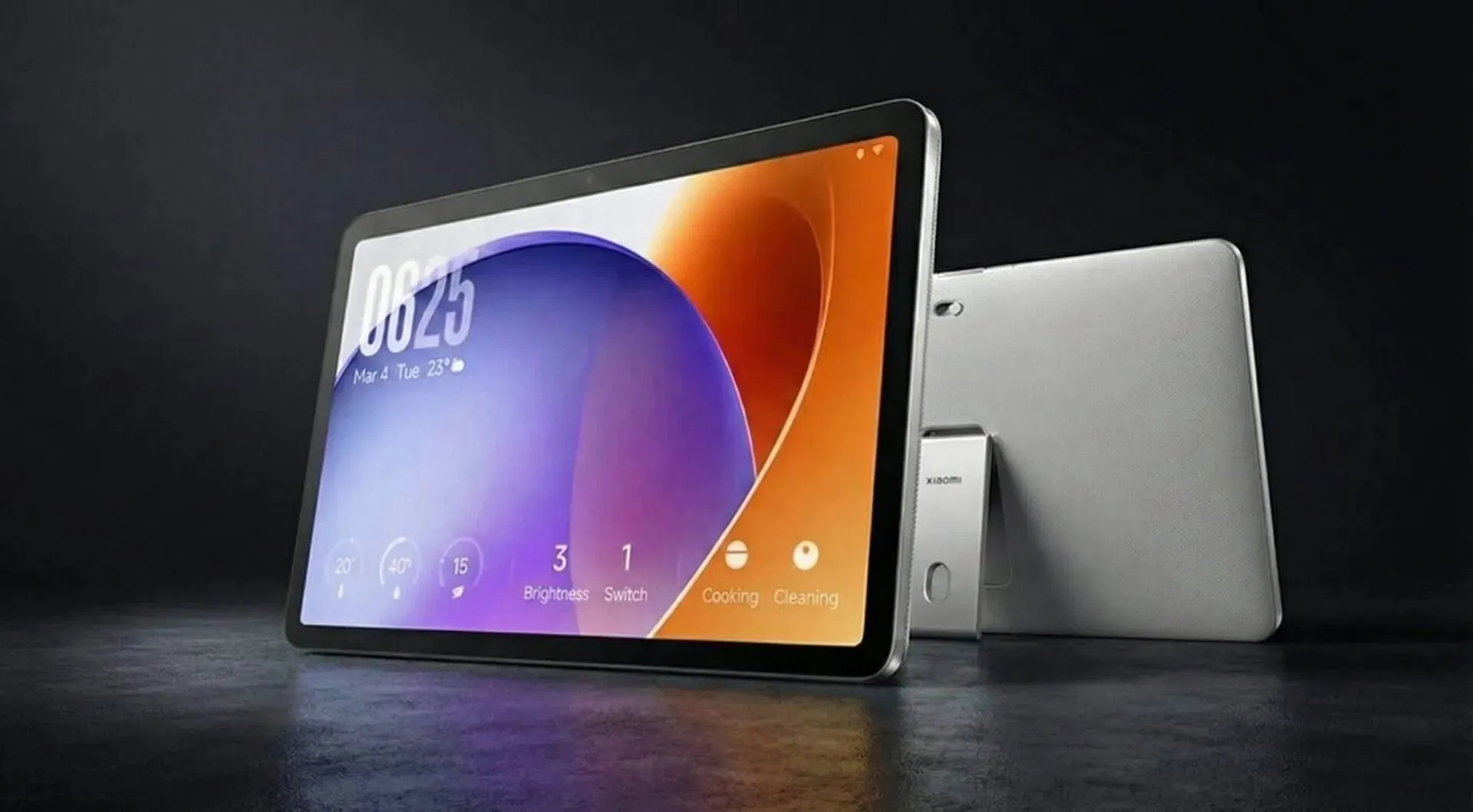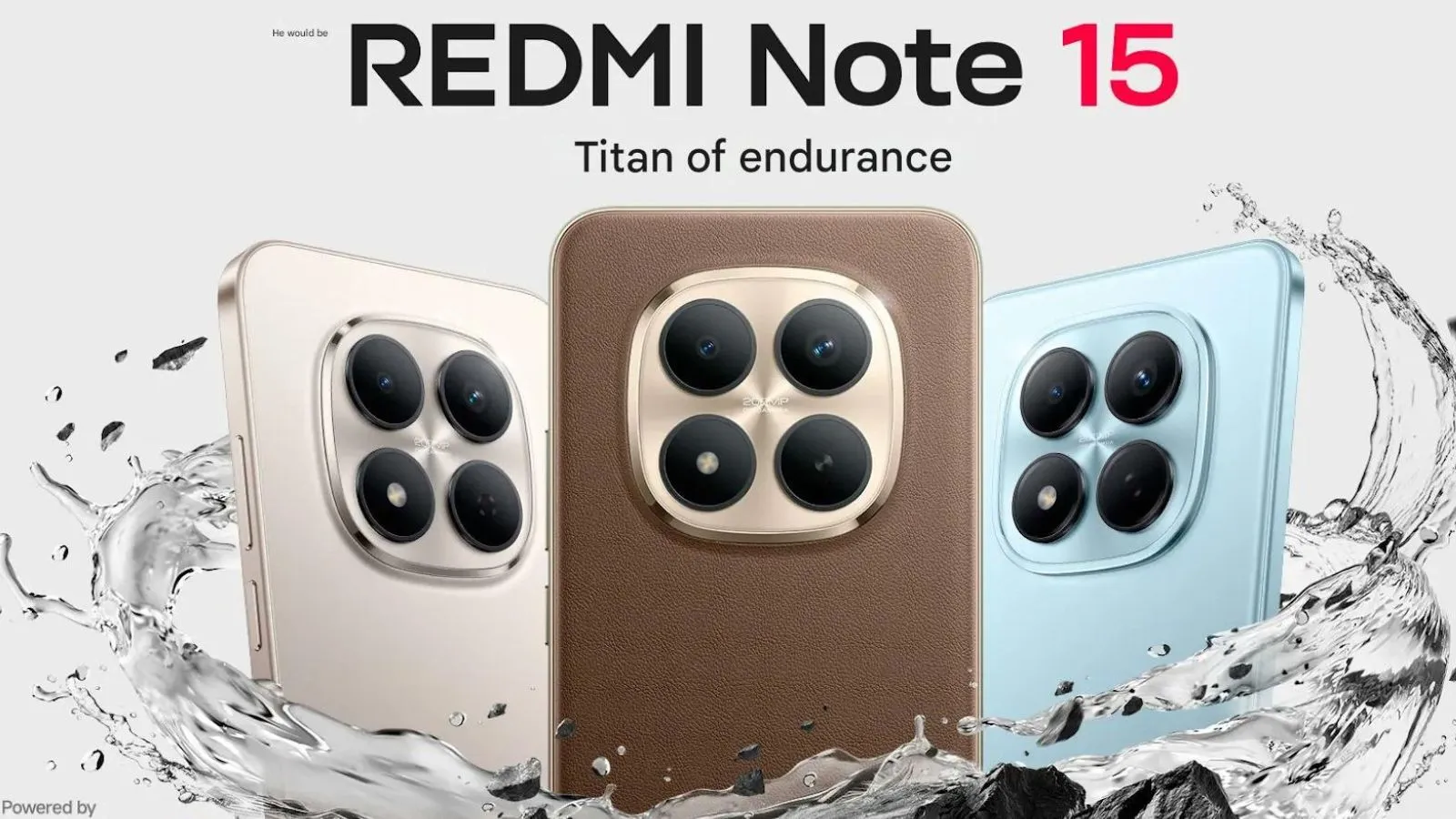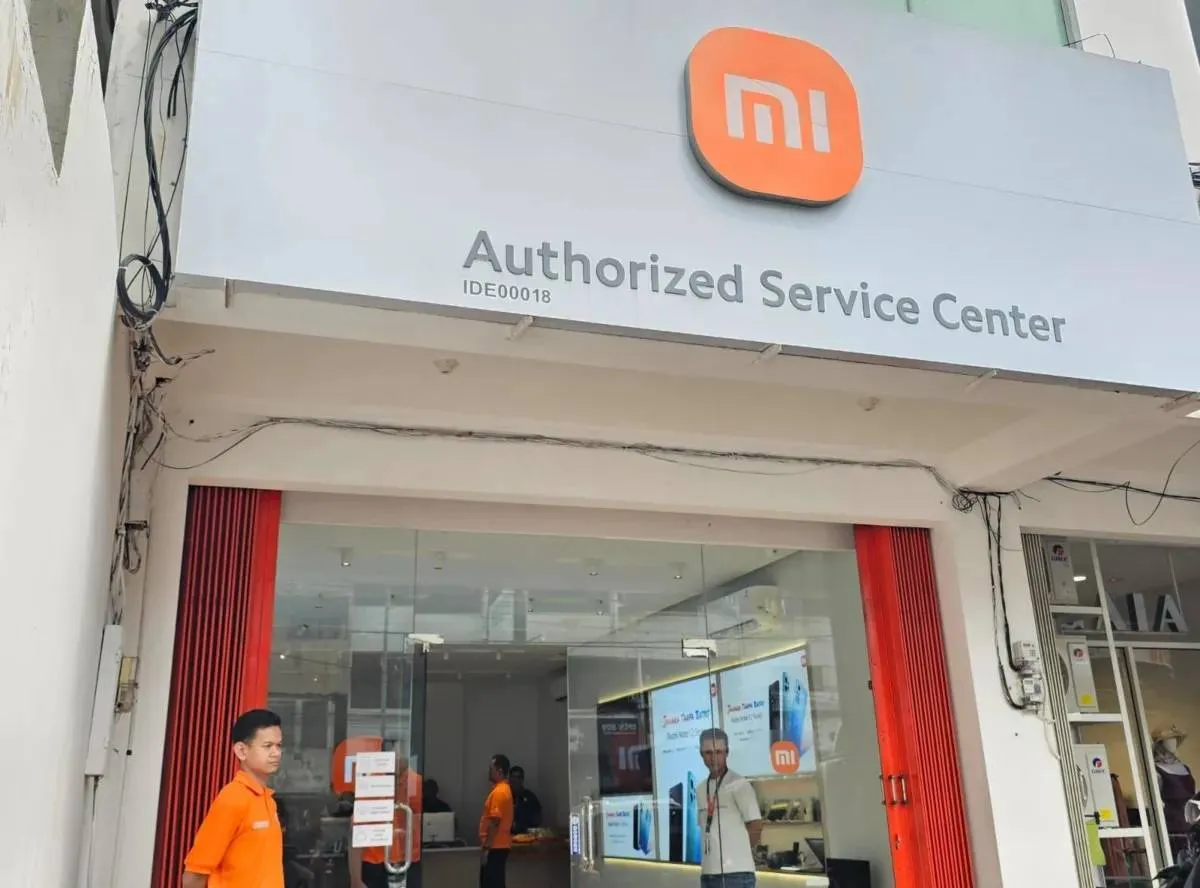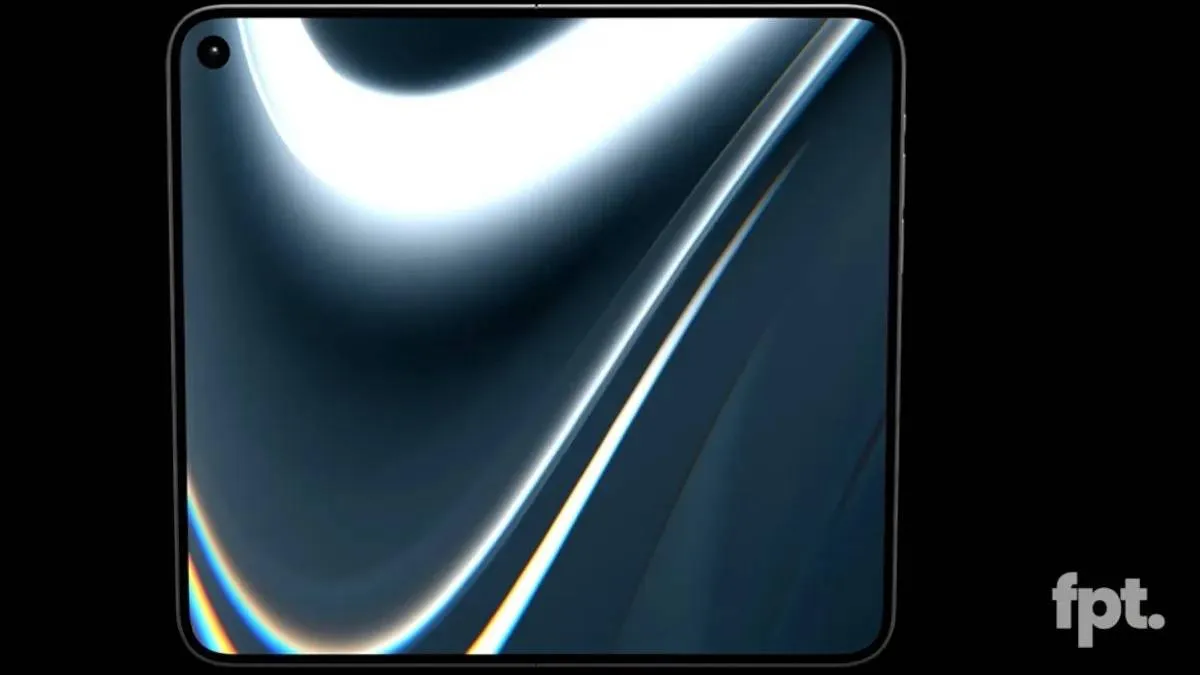
How Apple Plans to Fix the Biggest Problem with Foldable Phones
Dec 29, 02:30
GizChina Awards: Best Mid-Range Phones of 2025
Dec 29, 03:21
Why the Next PlayStation is Going Fully Portable
Dec 27, 04:35
Snapdragon 8 Elite Gen 5 Meets Active Cooling: The HONOR WIN is Here
Dec 26, 16:08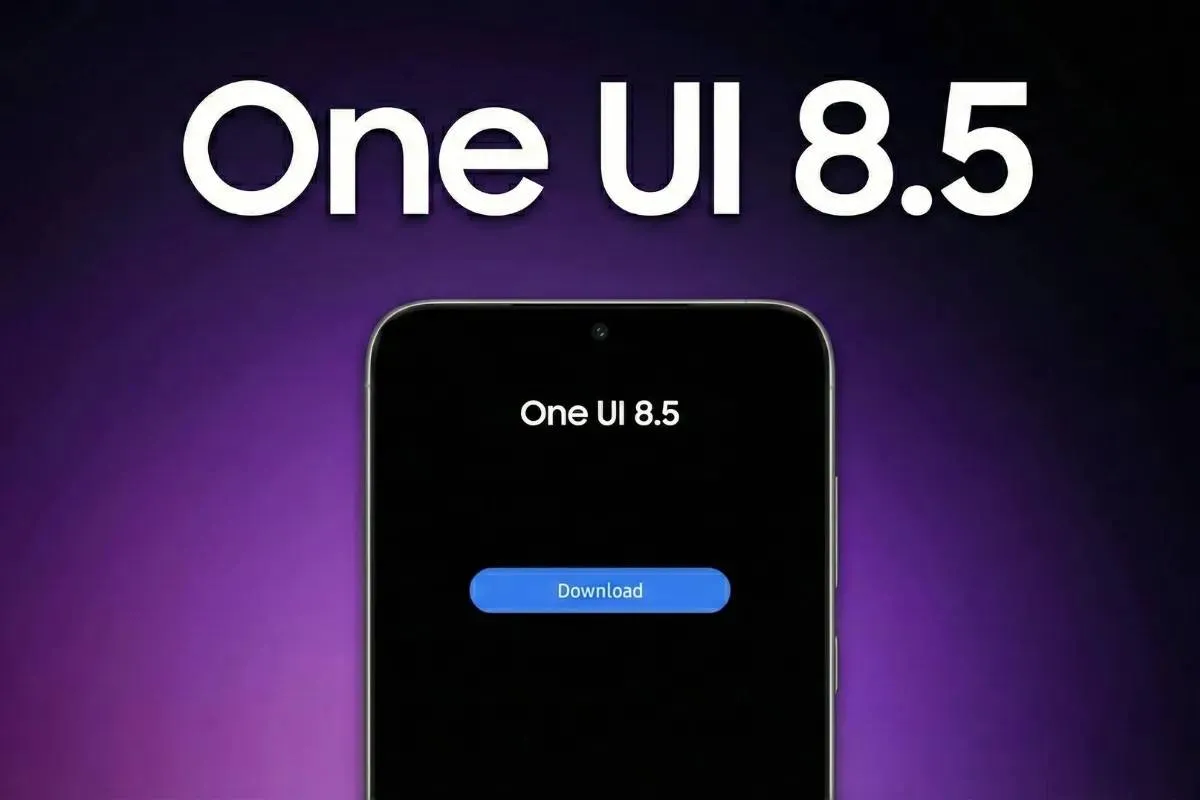
Samsung (finally) begins One UI 8.5 development for Galaxy M Series
Dec 26, 00:59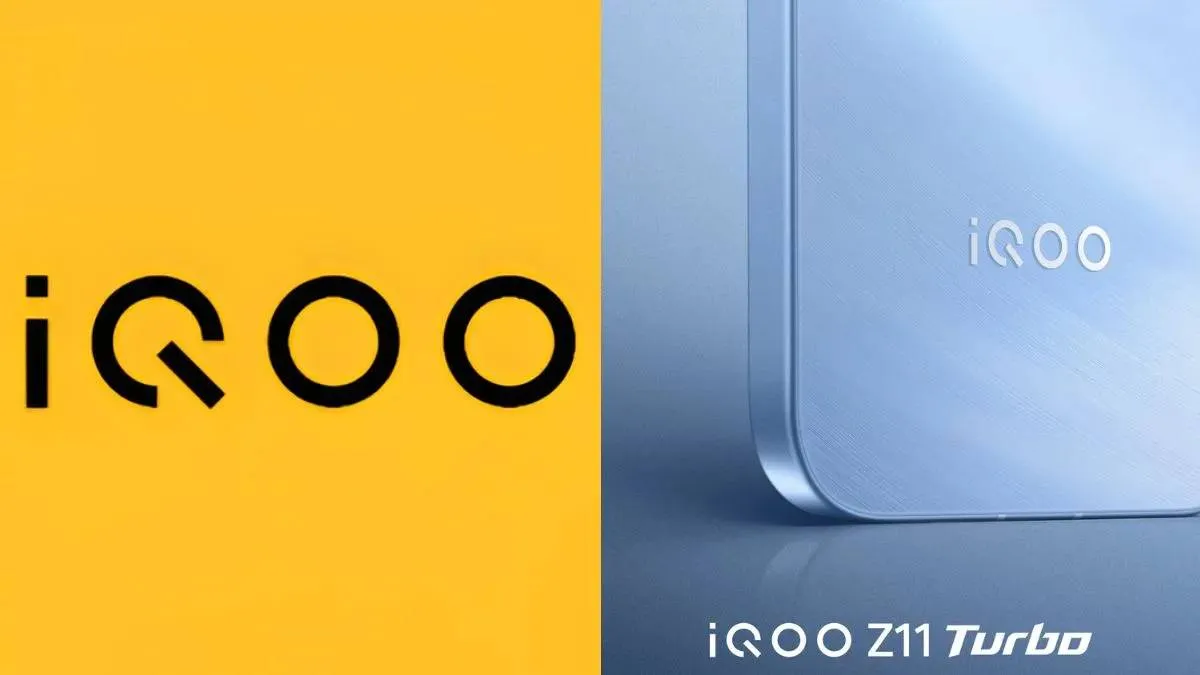
The $350 Monster: iQOO Z11 Turbo Leaks with Flagship Speed
The iQOO Z11 Turbo leaks on Geekbench with the Snapdragon 8 Gen 5 and 16GB RAM. See why this $350 phone is the new "flagship killer" of 2026.
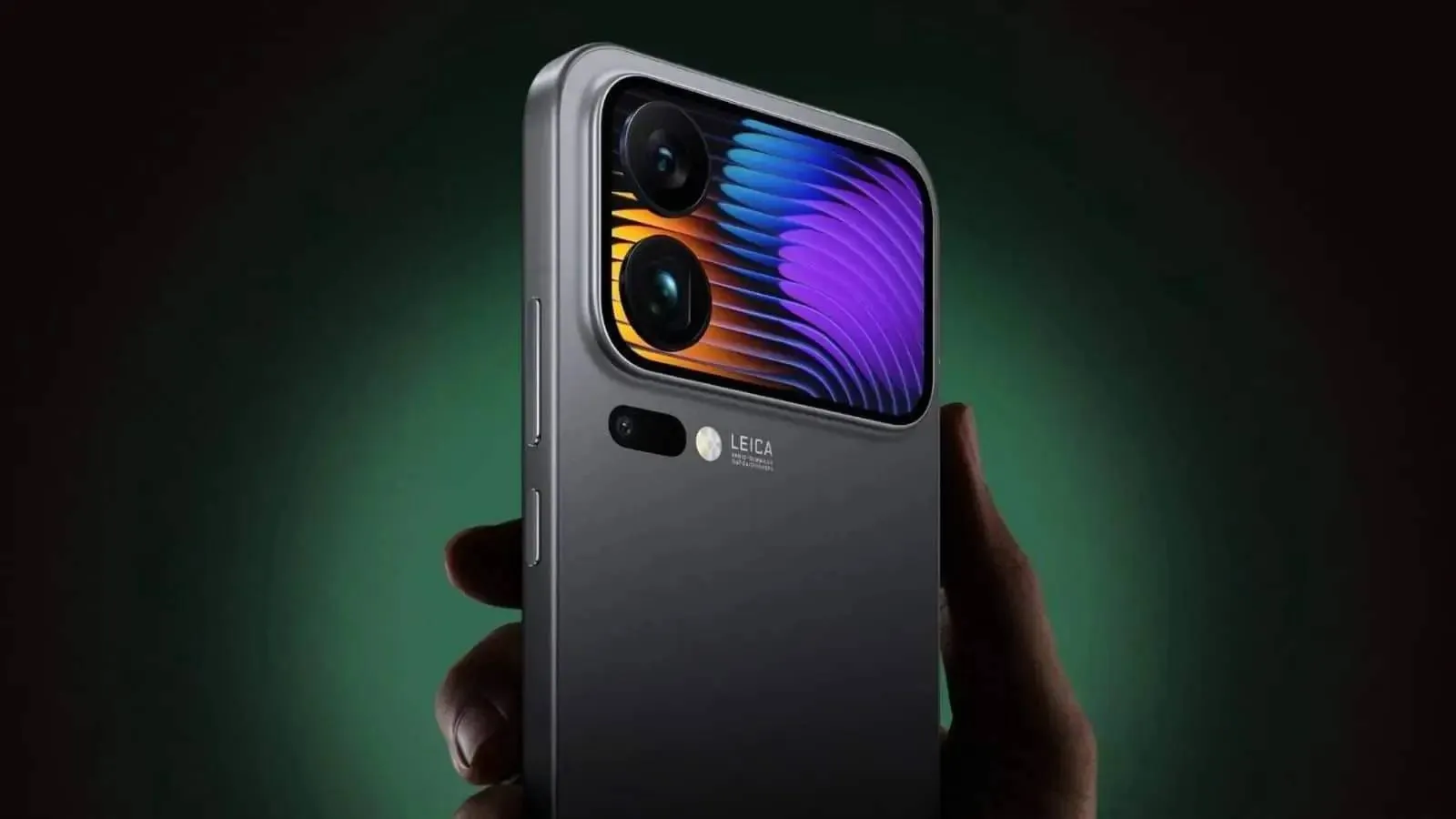
Xiaomi Isn’t Done With the 17 Series Just Yet: A New Snapdragon 8 Elite Gen 5 Powerhouse Is Coming
Xiaomi is testing a new 17 series phone featuring a flat 6.9-inch screen and Snapdragon 8 Elite Gen 5. Discover what this powerful refresh means for 2026.

Gemini’s New Rival? Samsung Integrates Perplexity Into Bixby 4.0
Is Bixby finally worth using? Samsung’s One UI 8.5 update brings Perplexity AI integration for cited web answers and a stunning new translucent design.

POCO M8 Series Specifications Leak, Coming Soon
The POCO M8 5G series leaks reveal AMOLED screens, Snapdragon chips, large batteries, and up to 512GB of storage before its launch.
- Besoin de ça
 merveil11-12-2025
merveil11-12-2025 - Looking forward to buying both sizes of this when they are available in Thailand 🇹🇭chrisman08-12-2025
- Finally! Surprised corrupt Grok was not mentionedMaxNix07-12-2025
- About time!!MaxNix07-12-2025
- Best practice avoid buying Xiaomi phones and products, you all won't regret later.Kevin03-12-2025
- Interesting update on OpenAI’s Sora app! As we also review AI and SaaS tools at TheSoftReview, it’s fascinating to see how video-generation apps are expanding to mobile platforms, making creative workflows more accessible.Shamima29-11-2025
- Good, good… keep going downhill. Unlike Xiaomi, other brands in Europe actually allow global users to unlock the bootloader. Xiaomi is full of lies the Mi Community app doesn’t work, and for over a month I clicked every day with no success. In the end I sold the phone and switched to another brand. Samsung works perfectly and unlocking the bootloader is very easy. I used to support Xiaomi and my whole family bought their phones, but now it’s over. Goodbye! I hope your stock keeps falling next year. Yay!HeCosmin28-11-2025
- Kind of drop the Ultra's 2K screen and 120Hz refresh rate.MaxNix25-11-2025
- Stellar Data Recovery worked great for me when I lost some important photos from my SD card. It found files I didn’t even remember deleting, which was surprising. Although the scan was a bit slow, the recovery success made it worth the wait.john25-11-2025
- Really eye-opening article. You make a strong case that Facebook Messenger collects huge amounts of user data — more than many other apps, according to survey results.lindseyjohn83020-11-2025

Hackers hit Ubisoft, steal huge trove of game code and tools from 1990s to today
Ubisoft will likely boost security and review all systems to prevent similar breaches. While the full scale is not yet clear, it may change how code & game tools are stored.
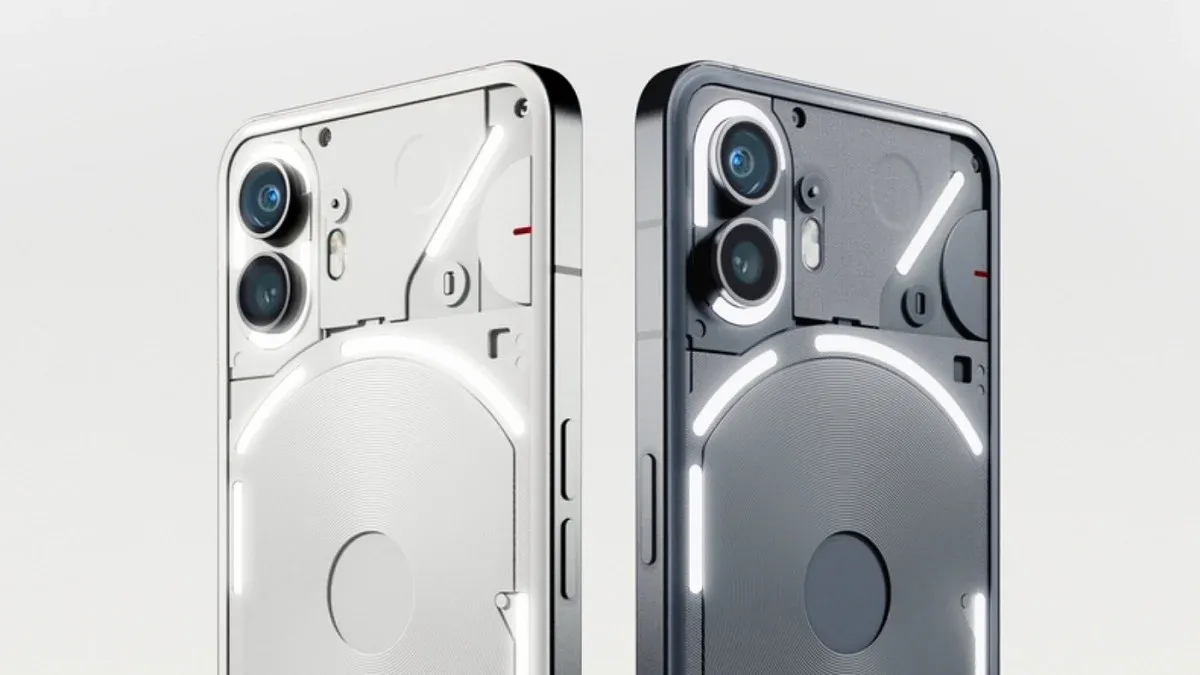
Design Of Smartphones Is Important Again, and Specs Are No Longer Enough
Learn how the design of smartphones will become a focus in the next years. The Specs parity makes flagships and mid-range close, and now it's time to differentiate.
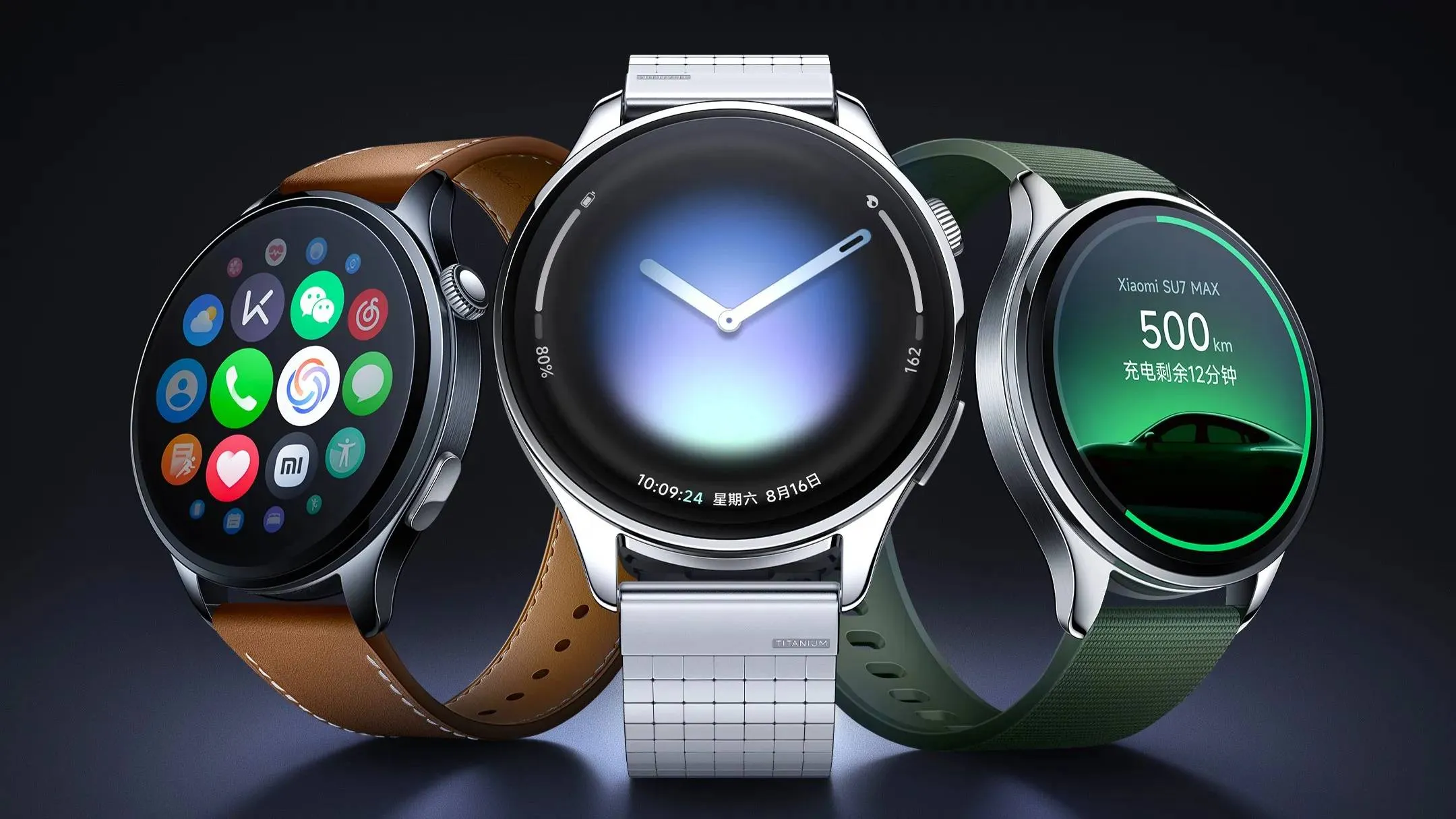
Xiaomi Watch 5 announced with HyperOS 3, eSIM support and titanium tech
The Xiaomi Watch 5 has arrived with a revolutionary EMG sensor and 3D-printed titanium. Discover how muscle-based gestures are changing the game.
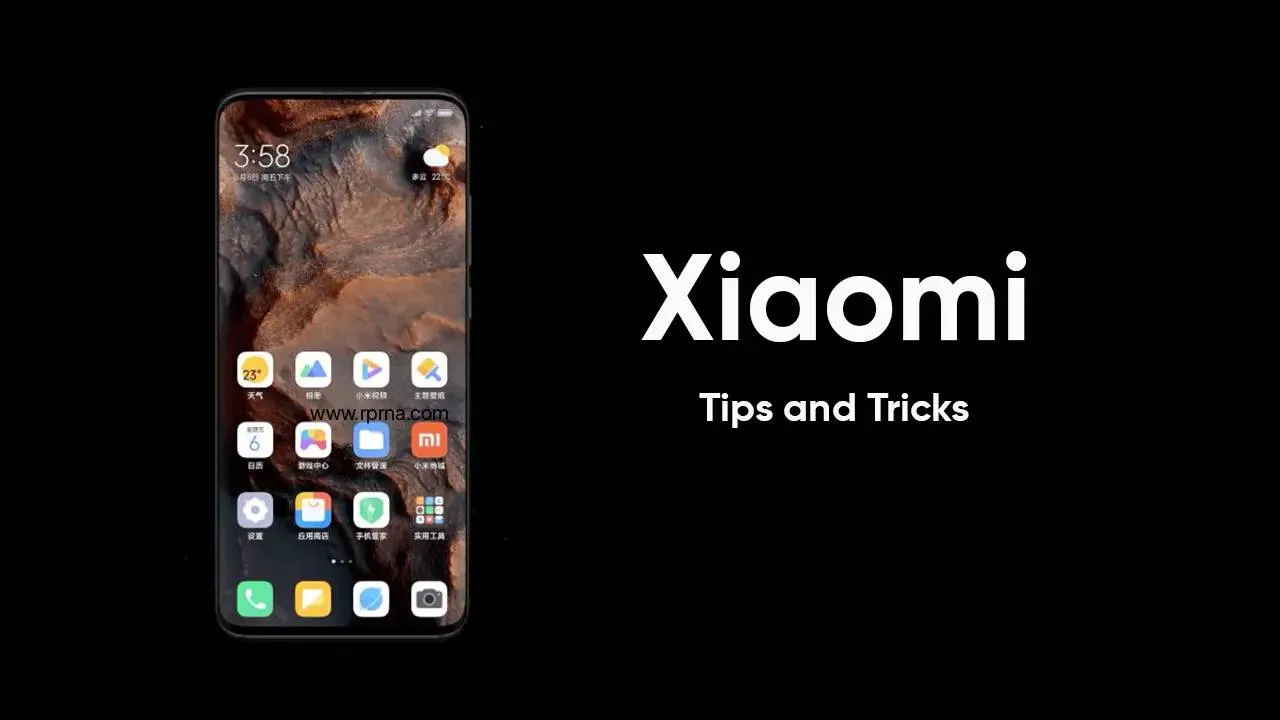
Double Your Xiaomi Speed Instantly: The One Simple Trick That Works!
Make your slow Xiaomi phone fast again! Discover the simple trick of clearing your system launcher cache to instantly restore performance, speed, and battery life.
Loading

